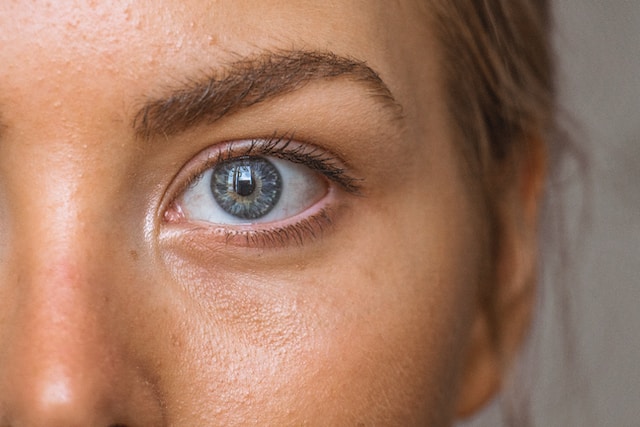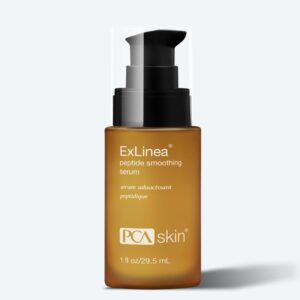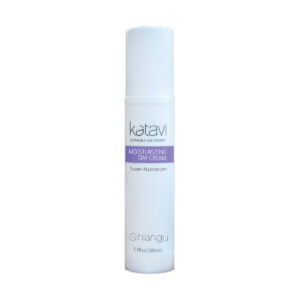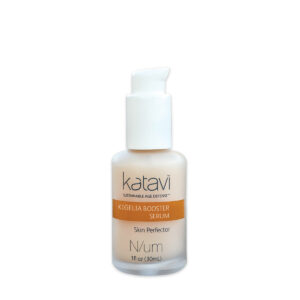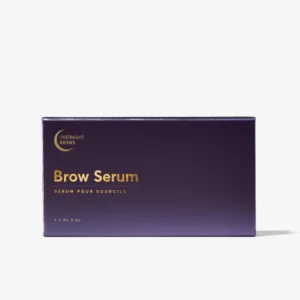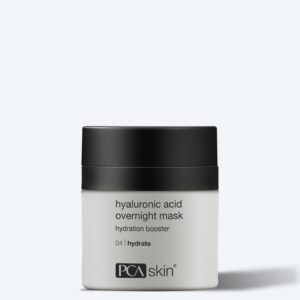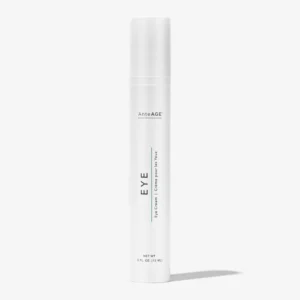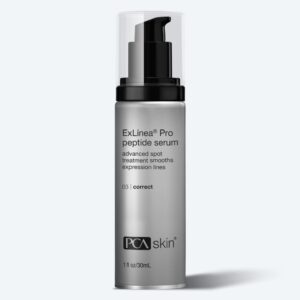What are Vampire facials?
A vampire facial, also known as a platelet-rich plasma (PRP) facial, is a cosmetic procedure that involves extracting a small amount of blood from the patient’s arm and processing it to separate the platelet-rich plasma. Platelets are known for their role in blood clotting and contain growth factors that promote tissue healing and regeneration.
Once the platelet-rich plasma is prepared, it is applied to the face using various techniques, such as micro-needling or injection. Micro-needling involves using a device with tiny needles to create microscopic punctures on the skin, allowing the platelet-rich plasma to penetrate deeper. The growth factors present in the platelets are believed to stimulate collagen production, improve skin texture, and enhance overall skin rejuvenation.
The term “vampire facial” gained popularity when it was used by a celebrity who underwent the procedure. However, it’s important to note that the procedure does not involve any actual blood-sucking or vampire-like activities. It is a purely cosmetic treatment aimed at improving the appearance and texture of the skin.
It’s worth mentioning that the safety and effectiveness of vampire facials have been a topic of debate. While some people claim positive results, scientific evidence supporting the long-term benefits of PRP facials is limited. As with any cosmetic procedure, it’s essential to consult with a qualified medical professional to discuss the potential risks, benefits, and individual suitability for the treatment.
Stem Cells and Vampire facials
Stem cells are not typically used in vampire facials or PRP facials. Vampire facials primarily involve the use of platelet-rich plasma (PRP), which is derived from the patient’s own blood. PRP contains growth factors that are believed to promote tissue healing and stimulate collagen production.
Stem cells, on the other hand, are undifferentiated cells with the potential to develop into various specialized cell types. While stem cells have been investigated for their regenerative properties, their use in vampire facials is not a standard practice.
It’s worth noting that the field of stem cell therapy is still undergoing research and development. Stem cells are being studied for their potential applications in various medical conditions, but their use in cosmetic procedures like vampire facials has not yet been widely established.
If you’re interested in stem cell therapy or any specific cosmetic procedure, I recommend consulting with a qualified medical professional or dermatologist who can provide accurate information, evaluate your individual circumstances, and guide you on the best options available.
Faster Healing with Stem Cells
To clarify, the use of stem cells in vampire facials is not a standard practice. Vampire facials primarily involve the use of platelet-rich plasma (PRP) derived from the patient’s own blood, not stem cells. PRP contains growth factors that are believed to promote tissue healing and stimulate collagen production.
While stem cells have been studied for their potential to enhance healing, their application in vampire facials is not a recognized or established procedure. The use of stem cells in cosmetic treatments is still an area of ongoing research and development.
If you’re interested in exploring stem cell therapy for faster healing or any other medical purpose, it is important to consult with a qualified medical professional or specialist who can provide accurate information, evaluate your specific situation, and guide you accordingly. They can discuss the potential benefits, risks, and current state of research in the field of stem cell therapy.
AnteAGE Stem Cell facial
The AnteAGE Stem Cell Facial is a cosmetic treatment offered by some skincare clinics and spas. It combines microneedling with the application of a skincare product called AnteAGE, which contains growth factors derived from human bone marrow stem cells.
During the procedure, a microneedling device is used to create tiny punctures in the skin. This process is believed to stimulate collagen production and enhance the absorption of the AnteAGE product. The AnteAGE serum, which contains growth factors and other beneficial ingredients, is then applied to the skin.
The specific claims made about the AnteAGE Stem Cell Facial vary by provider, but they generally suggest that the treatment can improve the appearance of the skin, reduce fine lines and wrinkles, and promote a more youthful complexion. It is important to note that while the use of growth factors in skincare products is a topic of interest, the efficacy and safety of these treatments can vary.
If you are considering the AnteAGE Stem Cell Facial or any cosmetic procedure, it’s advisable to consult with a qualified aesthetician, dermatologist, or skincare professional who can provide you with accurate information, assess your individual needs, and guide you on the most appropriate options for your skincare goals.
Vampire Facials snippet
Vampire facials, also known as platelet-rich plasma (PRP) facials, are cosmetic procedures that involve extracting blood from a person’s body, separating the platelets, and then reapplying the concentrated platelet-rich plasma onto the face. It is believed to promote collagen production and improve skin texture, although scientific evidence supporting its effectiveness is limited.
Related items..
-
Test 2 Part
$2.00 -
Quantitative hCG Pregnancy Test
$44.00 -
Men’s Health Test
$179.00 -
PCA Skin ExLinea® Peptide Smoothing Serum
$120.00 -
Katavi Moisturizing Day Cream
$43.00 -
N/um – Kigelia Booster Serum
$46.00 -
AnteAGE® Overnight Brows Serum 3.5ml
$75.00 -
PCA Skin Hyaluronic Acid Overnight Mask
$79.00 -
AnteAGE® Eye (15ml)
$105.00 -
PCA Skin ExLinea® Pro Peptide Serum
$150.00
Get Your Learn On


